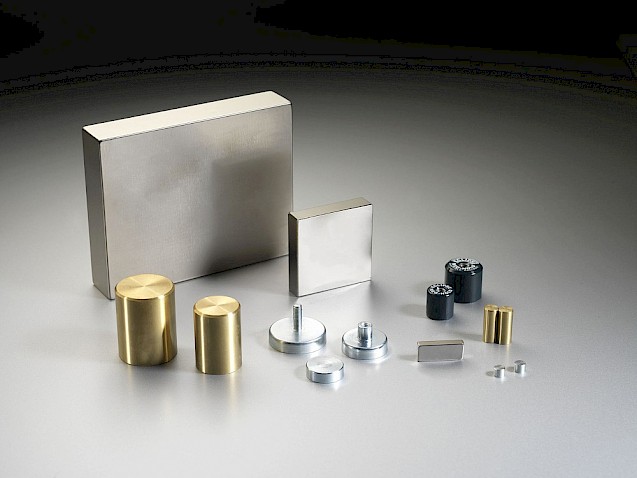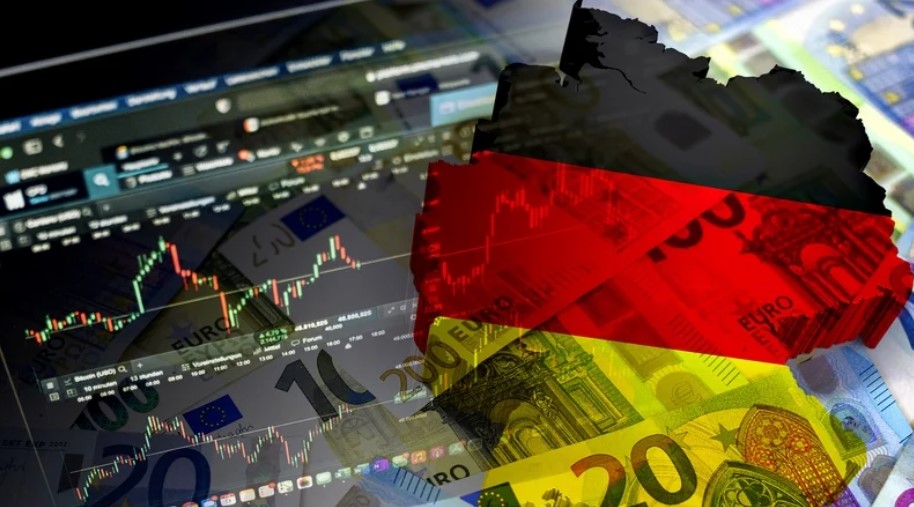
The eurozone manufacturing sector remains in deep contraction, marking its 28th consecutive month of decline in October 2024. Data from Hamburg Commercial Bank (HCOB) and S&P Global reveals that the region’s Manufacturing Purchasing Managers’ Index (PMI) edged up slightly from 45.0 in September to 46.0 in October. However, a PMI below 50 indicates continued contraction. This prolonged downturn represents the longest period of decline for eurozone manufacturing since records began in 1997.
Declining Production and Weak Orders Persist
Eurozone factories experienced a 19th straight month of production declines in October. Compounding this, new factory orders also decreased. Companies continue to rely on existing inventories of raw materials, accumulated during COVID-19 pandemic stockpiling. HCOB’s chief economist, Cyrus de la Rubia, notes that businesses purchased substantial materials in 2021 and 2022. However, weak global demand and the absence of urgent inventory replenishment needs have led to cautious purchasing practices. This shift contributes to deflationary pressures in the region’s manufacturing industry. Limited new demand and intense competition among producers drive down prices and profit margins.
Global Slowdown and Weak Consumer Demand Exacerbate Challenges
A broader global slowdown further compounds the eurozone’s manufacturing struggles. Weak consumer spending and the lack of immediate recovery prospects fuel fierce competition among manufacturers. This competition intensifies the deflationary cycle. The absence of demand hinders the industry’s ability to regain stability in a competitive global market. Manufacturers face increasing pressure to adapt to a rapidly evolving market. This market is characterized by weak demand and overcapacity.
UK Manufacturing Sector Mirrors Eurozone Trends
The challenges facing eurozone manufacturers are mirrored in other regions, particularly the UK. The UK manufacturing sector also contracted in October, marking its first decline in six months. The S&P Global manufacturing PMI for the UK fell to 49.9 from 51.5 in September. This decline is attributed to a “wait-and-see” approach as businesses await the government’s first budget under the new administration. While UK production had grown for six consecutive months, new factory orders fell for the first time since April 2024. This trend aligns with the broader weakness in global manufacturing, characterized by deflationary pressures and sluggish demand.
Bleak Outlook for Manufacturers
With the global slowdown and the absence of robust new demand showing no signs of abating, the eurozone and UK manufacturing sectors face the prospect of a prolonged period of contraction. Manufacturers must navigate the ongoing inventory overhang, intensified competition, and diminished consumer demand. The industry faces an uncertain future as global supply chains and demand patterns continue to evolve, with little immediate hope for recovery.
SuperMetalPrice reports that this sustained downturn in manufacturing across the eurozone and UK has significant implications for metal demand and pricing. Reduced industrial output directly lowers the demand for base metals, steel, and alloys, impacting market prices. This situation could lead to price volatility and pressure on metal producers to find alternative markets.











Leave a Reply
You must be logged in to post a comment.